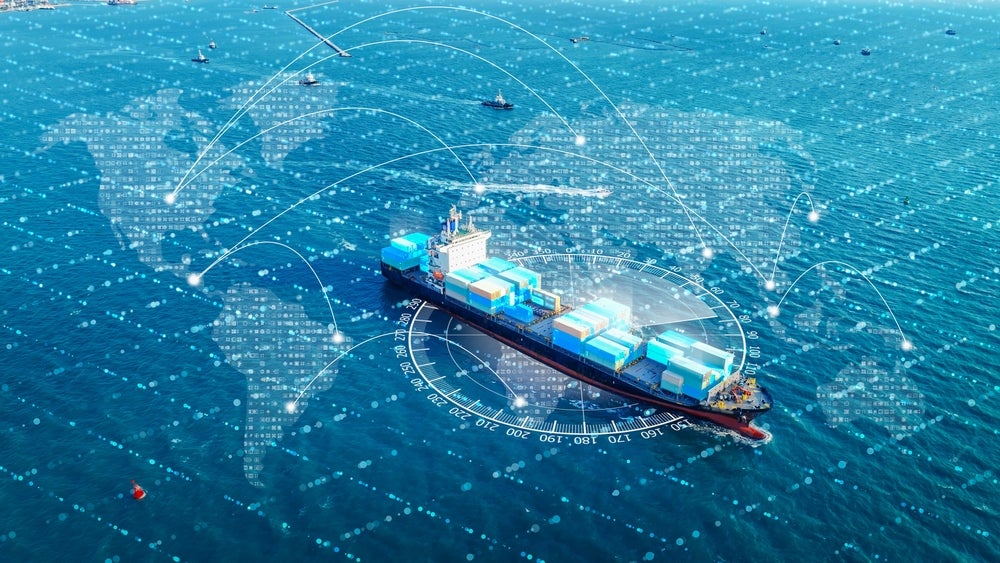
The first targets set by the International Maritime Organisation (IMO) for decarbonising shipping are due in 2030, but the industry is still grappling with how to tackle its emissions.
Whilst some stakeholders think that new technology is key to reducing the impact of shipping’s contribution to greenhouse gas emissions, others believe that retrofitting old ships with technology that enables their internal combustion engines to burn fuel more cleanly and efficiently will enable owners to meet sustainability targets quickly.
German technology company FUELSAVE has developed injection technology to support the latter approach. CEO Marc Sima explains why internal combustion engines are the best way towards sustainability in the short and medium term.

Credit: FUELSAVE.
Ilaria Grasso Macola (IGM): For those who don’t know, what are internal combustion engines (ICEs) and how do they work?
Marc Sima (MS): Internal combustion engines are heat engines that transform energy contained in a fuel through combustion. They work by combining fuel and air (oxidiser) and bringing them to ignite. The expanding gas in the cylinder moves the piston, which is re driving the crankshaft to either propel or drive a generator, depending if it’s for propulsion or energy generation.
How well do you really know your competitors?
Access the most comprehensive Company Profiles on the market, powered by GlobalData. Save hours of research. Gain competitive edge.

Thank you!
Your download email will arrive shortly
Not ready to buy yet? Download a free sample
We are confident about the unique quality of our Company Profiles. However, we want you to make the most beneficial decision for your business, so we offer a free sample that you can download by submitting the below form
By GlobalDataIGM: Why do you think they are essential for sustainable shipping?
MS: For many years ICEs have had an overwhelmingly dominant position in the shipping industry. For large-scale applications, the flexibility of a combustion engine and the ability to adapt it to different types of fuels is its beauty. With a limited exchange of components, marine ICEs can burn various clean fuels expected to become available over the coming years. This enables you to utilise what you are having instead of waiting to switch to fuel cells or other alternative propulsion methods. This is the way you see big companies heading. Whether it’s for ammonia or methanol – using low carbon fuels in existing ICEs is an effective and economically viable way for ship owners to meet sustainability targets. Obviously, there will be fuel cells for other types of applications but especially for deep-sea shipping, but ICEs are a very practical and pragmatic solution for the short to medium term and beyond.
IGM: Are short-term measures the best way forward for the industry to cut down emissions?
MS: What is the best way forward? Either we are waiting for some kind of technical revolution to take place or we are starting to retrofit and become as clean as possible.
Given that the IMO has raised concerns that [the industry] might not be able to reach 2030 greenhouse reduction targets in the absence of transitional solution, this is what we are aiming to provide. [To decarbonise] people don’t have to wait until they buy the next ship, they have something to decarbonise and reduced emissions now.
Since this is accumulating, you can do it now and it’s not adverse or contradicting against other measures that you can do in the future.
We are directly optimising on the combustions level; we’re not treating a symptom in an after-treatment process. It’s on the combustions level itself and [it] also provides the flexibility to adapt for different types of fuels – which is obviously the key to a clean fuel transition.
We are providing a new type of flexibility to adjust the performance of engines that are not accommodated to operate with these new types of fuels.
IGM: What are the industry barriers to reducing emissions?
MS: People do it on a necessity basis, if they have to, they will do it, especially in shipping emission control zones where they would just switch to the dirtiest fuels to save most costs.
So obviously this is an economic consideration. Unless there are economic incentives for people to become cleaner, [decarbonisation] will obviously slower. So clean fuels need to be ready, available in quantity and competitive in price.
[Other issues include] infrastructure, pricing, competitiveness, availability of alternate fuels and technology needed to use newer type of fuels.These questions and challenges, especially around the supply chain, are obviously still there and it’s a bit of a chicken and egg [situation].
IGM: What’s the role of FUELSAVE in the ICEs’ process?
MS: We have developed a dynamic load-based injection technology called FS MARINE+. The solution involves injecting in different input materials such as hydrogen, oxygen, water and methanol. Basically, hydrogen and methanol helps us to condition and enhance the combustion and provide a cleaner, more thorough and more efficient combustion at a better stoichiometric mix in different load phases, substituting some of the dirty primary fuels with clean fuel alternatives. We provide new means for operators to adjust the engine and emission performance for different current and upcoming types of fuels.
FUELSAVE also has a testbench slot with one of the world’s largest engine manufacturers for the end of Q4 2021, when FS MARINE+ will be tested on a modern 2 stroke dual-fuel engine before being deployed in a pilot project for an around 70MW slow-speed main engine.







